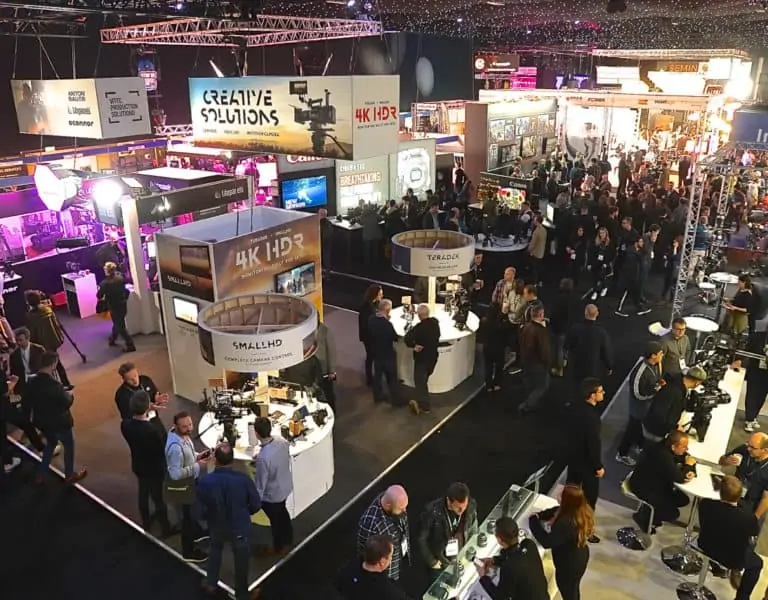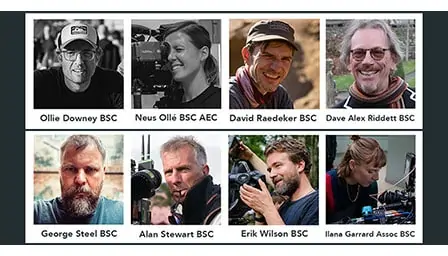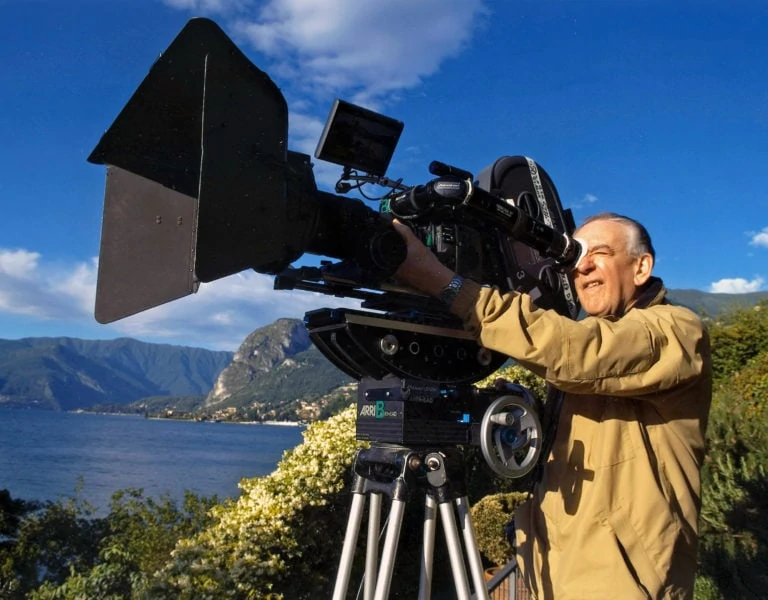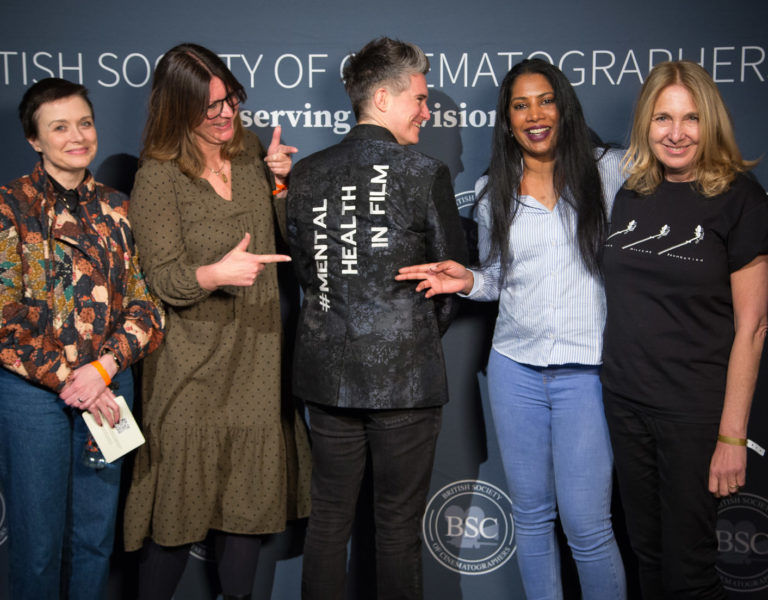A certain destiny
Clapperboard / Walter Lassally BSC
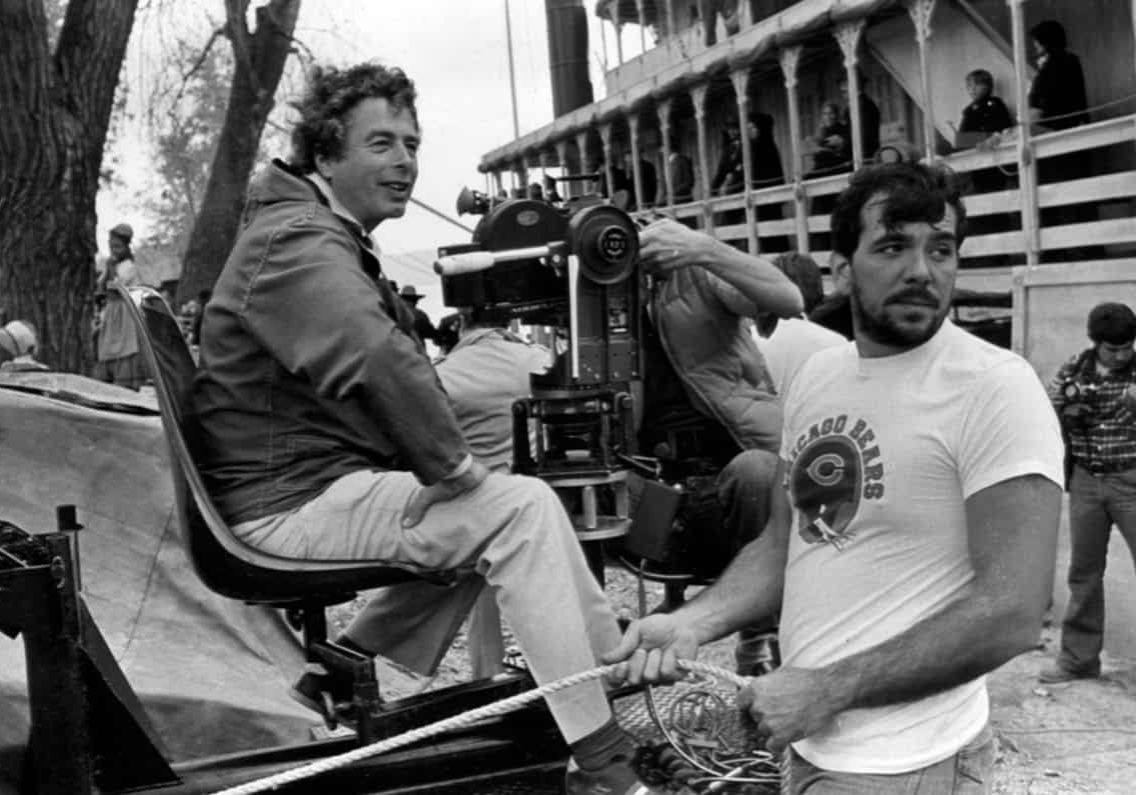
A certain destiny
Clapperboard / Walter Lassally BSC
Revered cinematographer Walter Lassally was born on 18 December 1926 in Berlin, Germany. His father was an industrial filmmaker, who was forced to stop working when Walter was six because of the coming of the Nazis. Lassally said, “We had an animation bench in our flat and occasionally I was allowed to turn the handle or something. I think that may have been the beginning of my interest.”
Two months before the outbreak of WW2 he settled in Richmond-upon-Thames. At fifteen he decided he wanted to be a cameraman. “I knew that with a certainty that is remarkable, because a lot of people are not certain what they want to do at that age.
“As soon as I left school, which was during the war, I started to get as close to the business as I could. For a short period I worked as a processing grader, I made blocks for newspaper photos and I spent two years in a film laboratory.
“I took whatever job I could. I was aiming to become a clapper boy and finally got my foot in the door with a little help from my father, who met the head of cameras at Riverside Studios in London. He took me on, after much trying, as a clapper boy in 1946. The job only lasted ten months because the studio shut down. It was one of the perennial crisis of the industry,” he said.
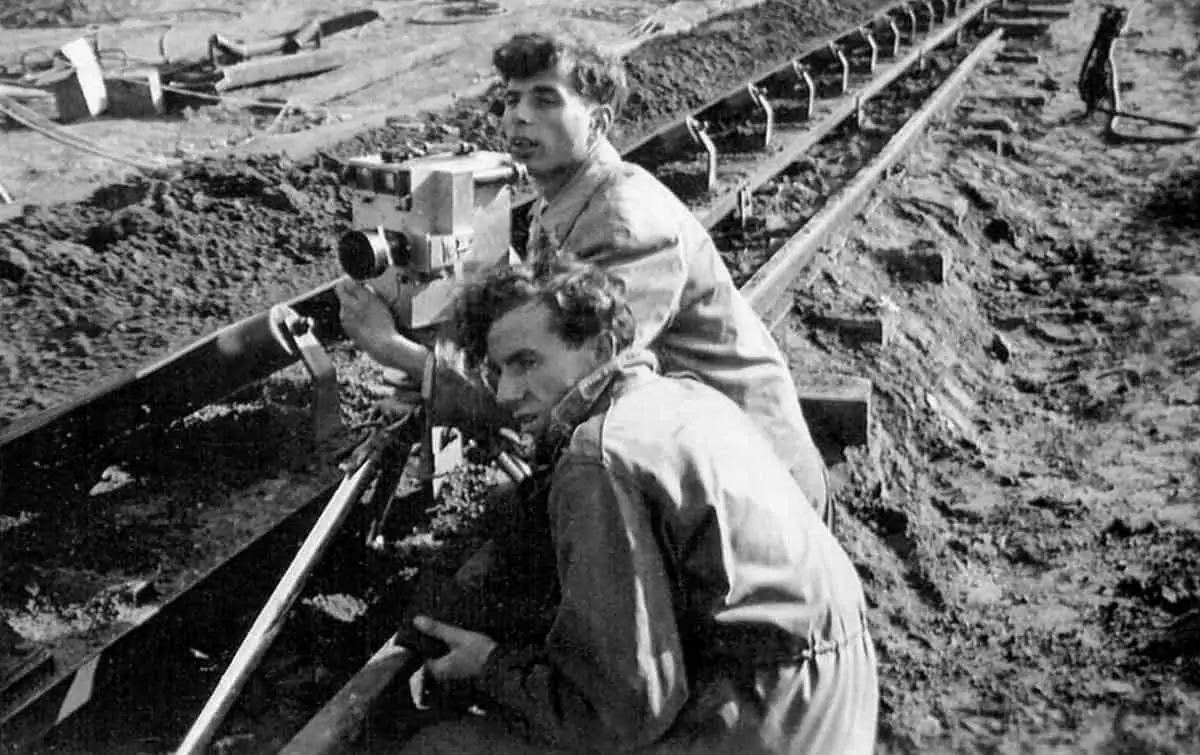
The first film in his new role was Dancing With Crime (1947) directed by the late John Paddy Carstairs. Lassally believes the studio and its associated studios Twickenham and Southall closed due in part, to the inefficiency of the operation. He said films took too long to make.
Lassally got his break as a DP by producer Leon Clore on a public service commercial after Clore had seen some of an unfinished film called Saturday Night. Asked why it was never finished Lassally said: “That is a very long story. When we could, work was dictated by the availability of people and equipment. It was shot at weekends over a four-year period 1948-1952. Derek York, who was directing became dissatisfied with the material he’d shot in 1948 and wanted to re-shoot. I could see a never-ending process beginning. Then the star, Bryan Forbes, decided to get married and moved to America. There were a lot of difficulties and it just ground to a halt. A while ago there was an attempt to resuscitate it because the material still exists, but it was never edited.”
In 1954 he got the chance to light his first feature called Another Sky, which was shot in Morocco. Lasally said: “Gavin Lambert, who at the time was the editor of Sight & Sound magazine, had filmmaking ambitions. Initially, he wanted to film a Pirandello play, which proved impossible because of negotiation problems, so he came up with Another Sky.”
Another Sky was produced by Sir Aymer Maxwell. He had a property in Marrakech, so it was shot in Morocco.
Asked if he had a camera he preferred working with he replied, “I always worked with Arriflex. The Mitchell had a severe drawback for me, which was the parallax. You could not see a direct image when filming.”
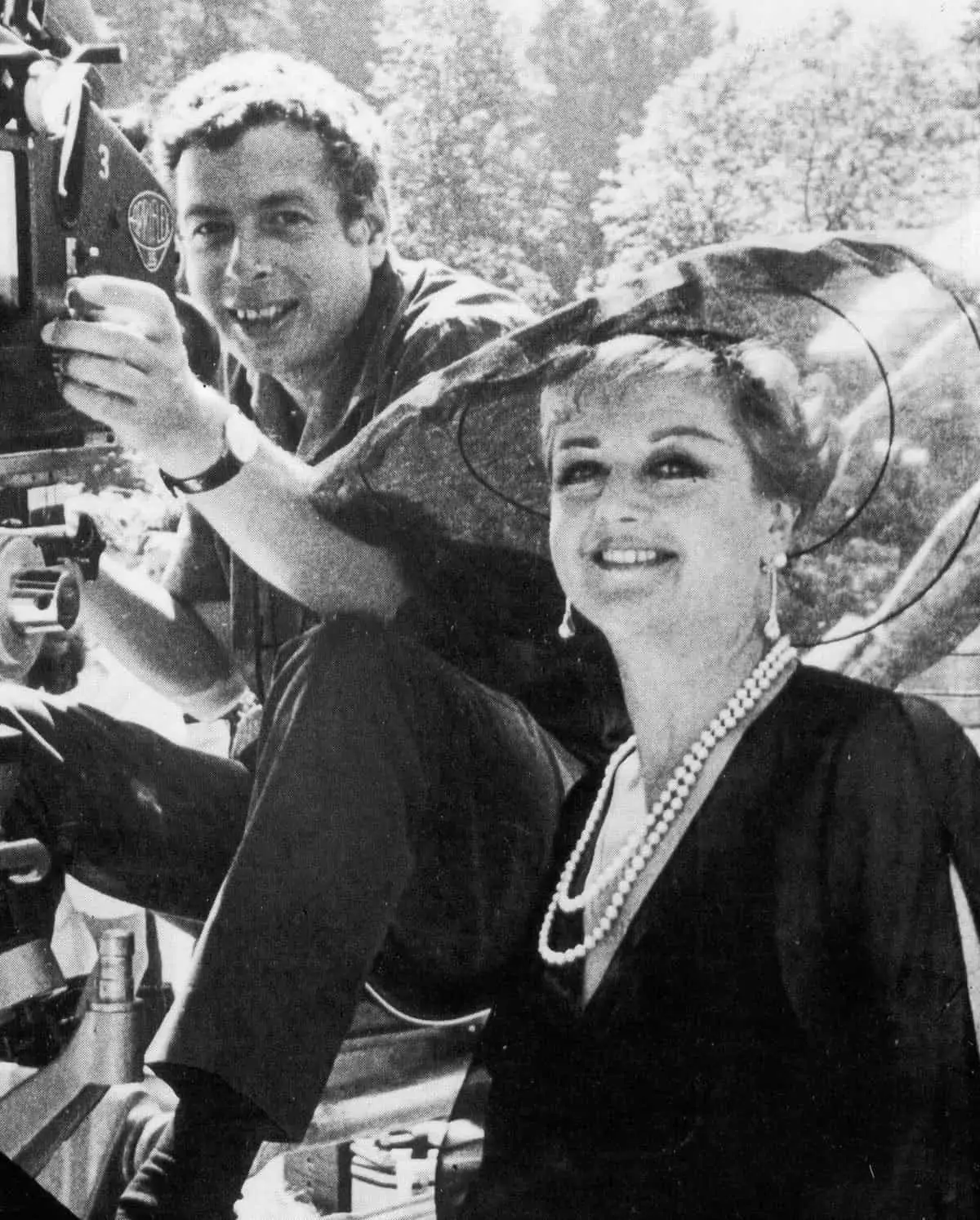
"I was aiming to become a clapper boy and finally got my foot in the door with a little help from my father, who met the head of cameras at Riverside Studios in London. He took me on, after much trying, as a clapper boy in 1946."
- Walter Lasally BSC
Did he have a favourite film he worked on? “I can’t really pick one, but the very brief period when I worked for Tony Richardson for Woodfall I remember with affection. It was very productive, but it only lasted eighteen months. That produced three films, A Taste Of Honey (1961), Loneliness Of The Long Distance Runner (1962) and Tom Jones (1962). A while ago I was invited to introduce them at a festival in France.”
Asked if he preferred B&W or colour he said: “I’ve always preferred B&W because it is much more subtle. Colour is there because it’s there. It is not there because you put it there unless you talk about a totally studio-made film. The moment you step outside a lot of the colours are there because they are there and that is it. You can modify it a bit with filters and tricks, but it cannot be manipulated, I would say ‘stylised’ in the same way that B&W can.”
In 1964 Lassally won an Oscar for the B&W film Zorba The Greek. He says he was the DP and operator on all his Greek films. “I much preferred lighting to operating,” said Lassally. “In England an operator had to be used. Overseas I could do my own operating, so I did both jobs. As from my first Greek film in 1955 I operated myself. I gradually learned to become better at it. I much prefer doing it if there is time.”
Asked which films he enjoyed working on the most he said: “I enjoyed working on all the Woodfall films, and all my Greek films, because the Greek films were a completely different experience where you were surrounded by people whose experience was limited but enthusiasm was unlimited.”
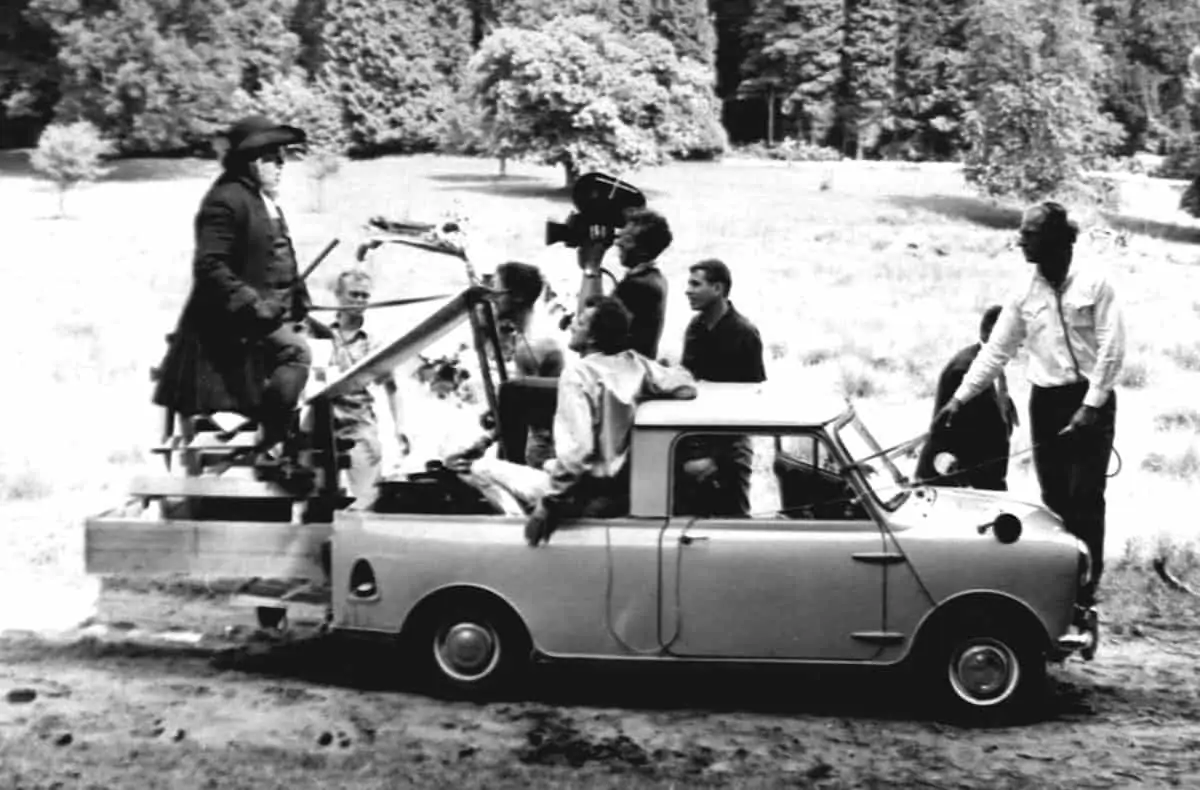
Did he keep the same crew? “For a while. I had the same crew through the Woodfall period. In Greece it was just my assistant. I had seven people in the States I worked with. Sometimes my English crew travelled with me and sometimes I picked up local people, so there was a mix.”
Was there a favourite director? “I very much enjoyed working with Tony Richardson, with whom I made six features. I also enjoyed working with the American director George Shaifer.”
How long did it take to shoot Tom Jones and Zorba The Greek? “Tom Jones took around fifteen weeks. The last week was done under supervision of the people who put up the money, to make sure we didn’t waste any of it. Then it turned out to become a huge successs. That and Zorba have similarities and big differences. They both took fifteen weeks. One is B&W (Zorba) and one is colour. One I operated on (Zorba) and the other I didn’t – so those are keystone films in my experience and they were made within two years of each other.”
Asked about digital and did he still have an interest in the business Lassally replied: “Oh yes I take an interest in the business, but it mainly turns to regret these days. I am not one of those that say film is far superior because that is not true anymore. In the next few years digital will be taking over from film, particularly in cinemas. I think cinemas will go completely digital in the not too distant future.”
Asked about his awards he said: “I won the Oscar in 1965 for Zorba The Greek, a BAFTA Film Award nomination in 1984 for Heat And Dust, and a BSC Award nomination the same year for The Bostonians, plus the Marbuger Kamerapreis in 2005 and the ASC International Award in 2008.”
Finally, he was asked if a light meter was always used. “I used a light meter, but just to confirm what I already knew – you get a sort of eye for it. You have a certain lighting style and a certain lighting level that you get used to, and then you put up the meter and it usually says what you think it will say. It’s a back-up to give you confidence.”
Lasally now enjoys his retirement on the Greek Island of Crete.




